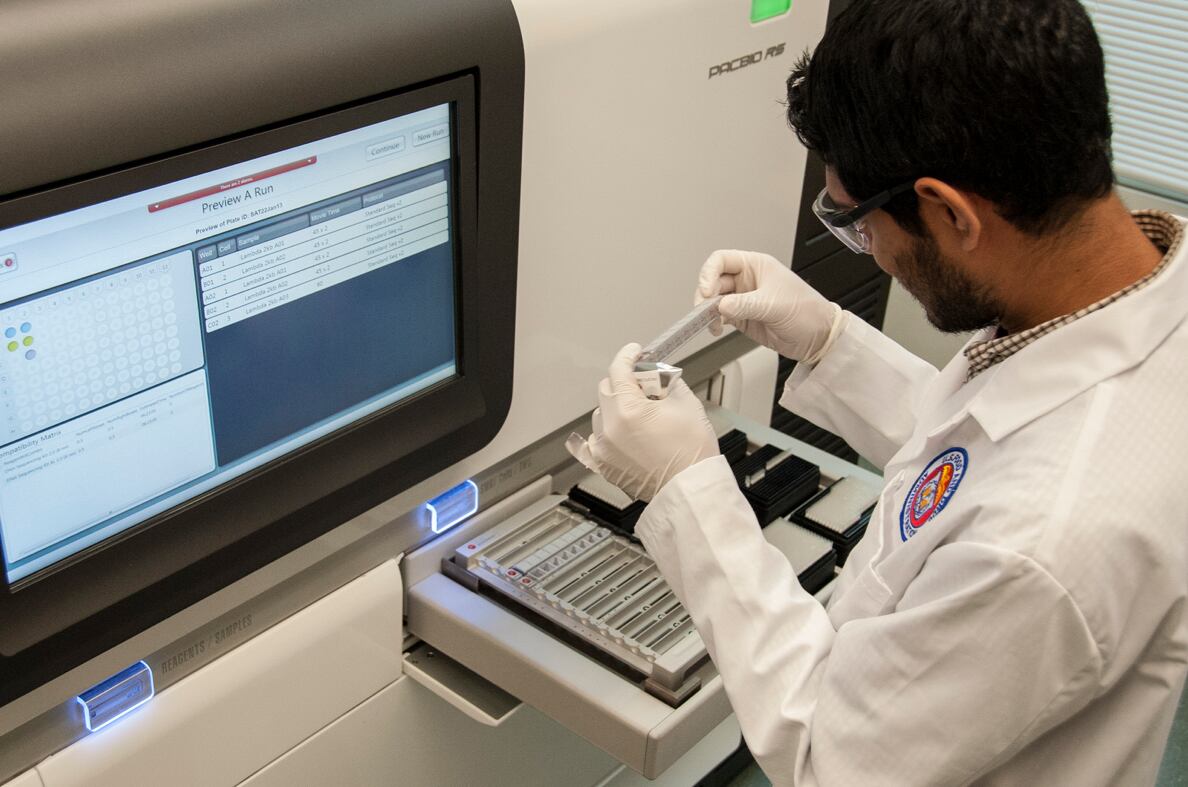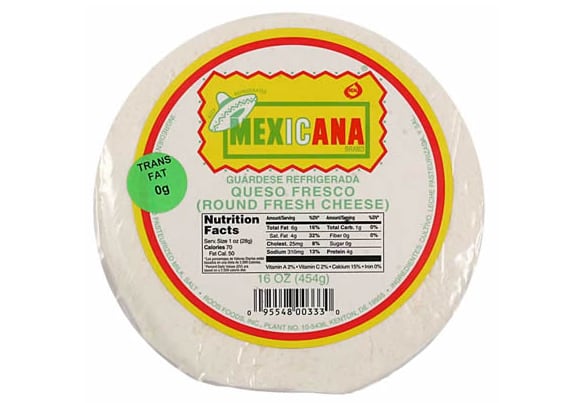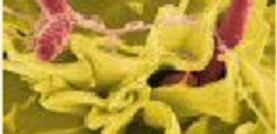FDA is coordinating state, federal and international public health agencies who sequence pathogens collected from outbreaks, contaminated food products and environmental sources.
The technology looks at the DNA fingerprint left behind by disease-causing bacteria, allowing FDA to identify the source of an outbreak with more detail and clarity than ever before.
It was demonstrated in an outbreak investigation earlier this year but a robust database and proven bioinformatics are crucial to its success.
A one stop shop
Eric Brown, director, division of microbiology told FoodQualityNews.com that the method offers high resolution and traceback benefits.

“WGS is poised to do things other technologies cannot do. It is a one stop shop for many levels of the characteristics of pathogens through diagnostic tests and rapid screening methods," he said.
“It starts side by side with PFGE and will be used in parallel. As they move forward there will be a transition, slowly but surely and WGS will rise in frequency as we move into the future.
“PFGE did great things during the almost 20 years it was used, no-one can take away the role it has played in outbreak investigating.”
Brown said WGS is like moving from a Galilean telescope to using the Hubble for outbreak traceback.
“PFGE has been the gold standard but there have always been areas such as challenging serovars of Salmonella where PFGE lacks the diversity to identify them.
“Salmonella Enteritidis, which is mainly found in eggs and poultry, is so genetically homogenous that PFGE struggles to differentiate but we applied WGS to shell eggs in the 2010 outbreak from a single PFGE pattern and we were able to get all the way down to farm level to identify the source.”
Roos Foods outbreak

The benefit was demonstrated when it was used to strengthen the agency’s evidence of a strain of Listeria responsible for a multi-state outbreak linked to Hispanic-style cheese products.
In March, FDA suspended food production at Roos Foods, Inc. because some products tested positive for a strain of Listeria indistinguishable from the one involved in the outbreak investigation.
The use of genome sequencing provided genetic information that linked outbreak bacteria to those found in the food facility and in samples of the finished cheese product.
Gene sequences are the ordered chemical building blocks that make up the bacteria's DNA; a genome is an organism’s complete set of DNA, including all of its genes.
Research scientists at the Center for Food Safety and Applied Nutrition (CFSAN) have used WGS to investigate food contamination and foodborne illness outbreaks since 2008.
Building the database
Genome sequences are archived and publically available in a database called GenomeTrakr to help pinpoint the contamination sources of current and future outbreaks.
The GenomeTrakr network started with collaboration between FDA and the National Center for Biotechnology Information (NCBI) at NIH, to develop the database and associated software tools.
Marc Allard, research area coordinator for genomics, told us that freezers provided a treasure trove of information.
“We have large bodies of data sitting there in the freezers which can lay the foundation for the future to find the next generation of equipment and surveillance for foodborne pathogens," said the head of CFSAN’s whole-genome sequencing lab.
“We are in the second year of building the database and we have primarily Salmonella, Listeria and E.coli isolates and the third stage is to determine the utility and validate the method.
“WGS is a single technology with potentially a new way to serotype, look at antimicrobial resistance, check an isolate's virulence by looking at the genome and building the database as isolates are sometimes unique to the area they come from.”
The second phase was a pilot network of six state laboratories and nine FDA field laboratories.

Labs in the GenomeTrakr network have already contributed the genomes of more than 5,000 isolates—the pure form of foodborne Salmonella, Listeria and E. coli—to the public database.
Around 4,000 Salmonella, 1,000 Listeria and 100 E.coli isolates are currently available as an open source for industry, academics and government labs.
Information can also help identify the source of contaminated foods that have not caused illnesses.
The current phase of the GenomeTrakr project is expanding the number of participating state, federal and international laboratories.
Allard said industry partnerships, including the 100k genome project involving Agilent Technologies and University of California, Davis, are needed to get off the shelf products which work for industry, are simpler to use and validated.
FDA is working with the World Health Organization to build capacity in laboratories worldwide.
Italian experts have travelled to CFSAN to train on whole genome sequencing, and FDA is planning a trip to Ireland to work with the agency’s counterpart.
Bioinformatics challenge
Allard said it is working on international partnerships to overcome challenges with the technology.
“What are the standard operating practices for bioinformatics, it needs to be validated and certified that it gives the right answer all the time. It is a young science which will develop over the next two to three years," he said.
“Bioinformatics is a great hurdle to overcome, but we will overcome it, once we simplify the dashboard tools for the investigators we will have a very powerful tool. The typical state labs don’t have the necessary level of bioinformatics support on site so our partnership with the NCBI will help to build a centralised computer system to serve a broad audience.”
Challenges included legal and political implications as well as standard operating practices when integrating the technology in an international network, he added.
FDA added that it was always looking for industry partnerships and welcomed hearing from isolates and sequencing partners.
